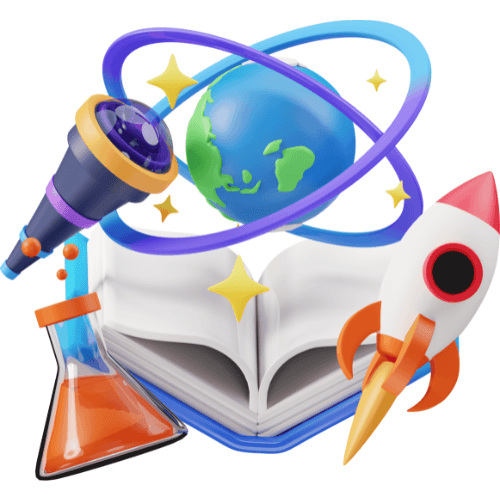Welcome to a comprehensive exploration of science education resources and tools. This blog post aims to guide educators, students, and lifelong learners through a vast landscape of resources designed to enrich and enhance science learning. We will delve into various platforms, tools, and resources that can make science education more engaging, interactive, and effective.
The Power of Digital Tools in Science Education
The digital age has revolutionized education, and science is no exception. Interactive simulations, virtual labs, and data visualization tools have transformed the way we teach and learn science.
Tools such as PhET Interactive Simulations from the University of Colorado Boulder offer free interactive math and science simulations. These tools are based on extensive education research and engage students through an intuitive, game-like environment where students learn through exploration and discovery.
Another powerful tool is Labster, which provides virtual labs for schools and universities. Labster's simulations encourage students to work with real-world challenges and apply their knowledge in a safe and innovative environment.
Data visualization tools like Gapminder can also enhance science education. Gapminder transforms complex data into easy-to-understand, interactive graphics, making it a valuable tool for teaching topics like global health, demographics, and environmental science.
Harnessing the Power of Open Educational Resources (OERs)
Open Educational Resources (OERs) are freely accessible, openly licensed documents and media useful for teaching, learning, and assessing. They are an invaluable resource for science education.
OER Commons, for instance, provides a network of teaching and learning materials. These resources, which are freely available to everyone, include full courses, modules, textbooks, streaming videos, tests, and more.
Another significant OER is MIT OpenCourseWare. This platform offers free lecture notes, exams, and videos from Massachusetts Institute of Technology. It covers a wide range of science topics, from physics to biology, and is a treasure trove of high-quality learning materials.
The Role of Mobile Apps in Science Education
Mobile apps have become an integral part of modern education. They offer flexibility, accessibility, and a wide range of functionalities that can enhance science learning.
Apps like Star Walk, for example, allow users to explore the night sky in real-time. This tool is excellent for teaching astronomy, as it provides detailed information about stars, planets, and constellations.
Another app, Froggipedia, helps students learn about the life cycle and anatomical details of a frog using augmented reality. This kind of immersive learning experience can significantly improve students' understanding and retention of scientific concepts.
The Impact of Social Media on Science Education
Social media platforms can also serve as valuable science education resources. They offer a platform for sharing information, discussing ideas, and engaging with a global community of learners and educators.
Platforms like YouTube host thousands of science-related videos, from short educational clips to full-length lectures. Channels like Vsauce, Veritasium, and SciShow make complex scientific concepts accessible and entertaining for a broad audience.
Twitter, too, can be a valuable tool. Many scientists, researchers, and educators use the platform to share their work, discuss ideas, and engage with the public. Following the right accounts can provide a steady stream of science news, insights, and resources.
The Emergence of Massive Open Online Courses (MOOCs)
Massive Open Online Courses (MOOCs) have emerged as a popular way to learn science. Platforms like Coursera, edX, and FutureLearn offer courses from top universities and institutions worldwide, covering a wide range of science topics.
These courses often include video lectures, readings, quizzes, and discussion forums. Some also offer certificates upon completion. MOOCs provide flexible, accessible, and affordable options for science education, making high-quality learning resources available to anyone with an internet connection.
The Future of Science Education: Virtual Reality and Augmented Reality
The future of science education may lie in Virtual Reality (VR) and Augmented Reality (AR). These technologies offer immersive, interactive experiences that can significantly enhance learning.
VR can transport students to different environments, from the microscopic world inside a cell to the vast expanse of outer space. Tools like Google Expeditions and zSpace offer a range of VR experiences designed for education.
AR, on the other hand, overlays digital information onto the real world. Apps like Elements 4D and Anatomy 4D provide interactive, 3D models for learning chemistry and human anatomy, respectively. These tools can make abstract concepts tangible and engaging, opening up new possibilities for science education.
Harnessing Resources and Tools for Effective Science Education
The landscape of science education resources and tools is vast and continually evolving. From digital tools and OERs to mobile apps, social media, MOOCs, and emerging technologies like VR and AR, there are countless ways to enrich science education. By harnessing these resources, we can create engaging, interactive, and effective learning experiences that inspire and empower the scientists of tomorrow.

